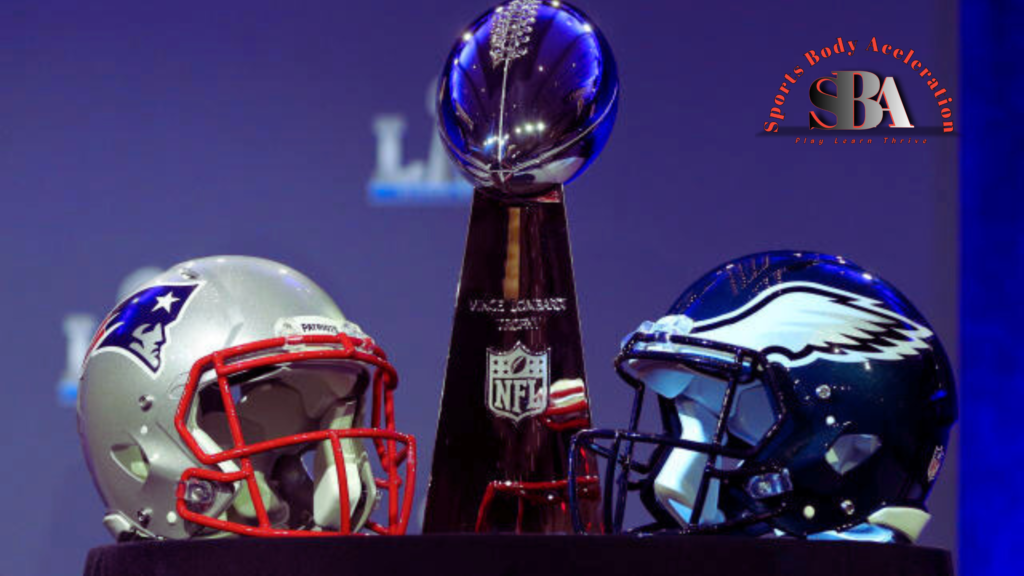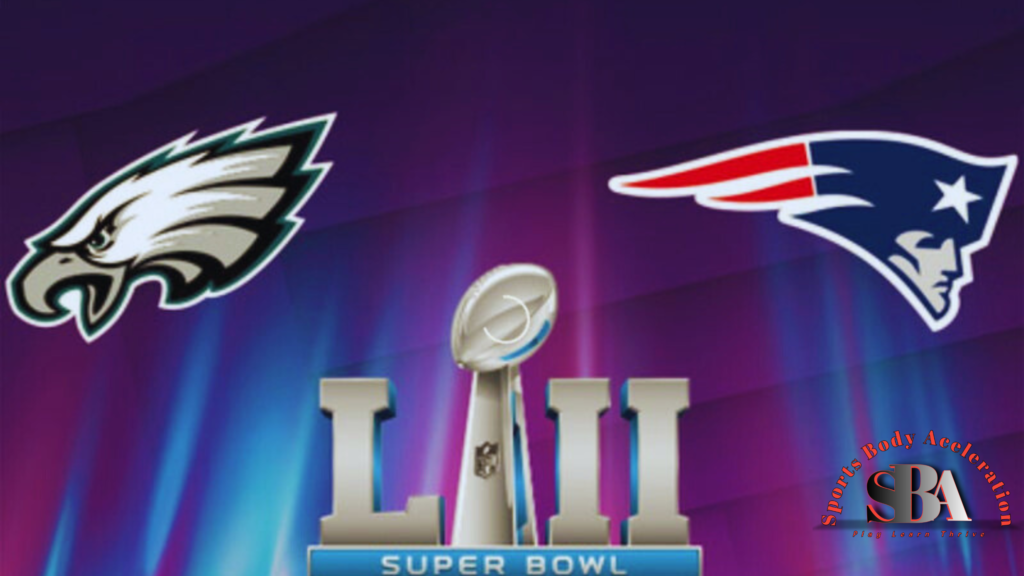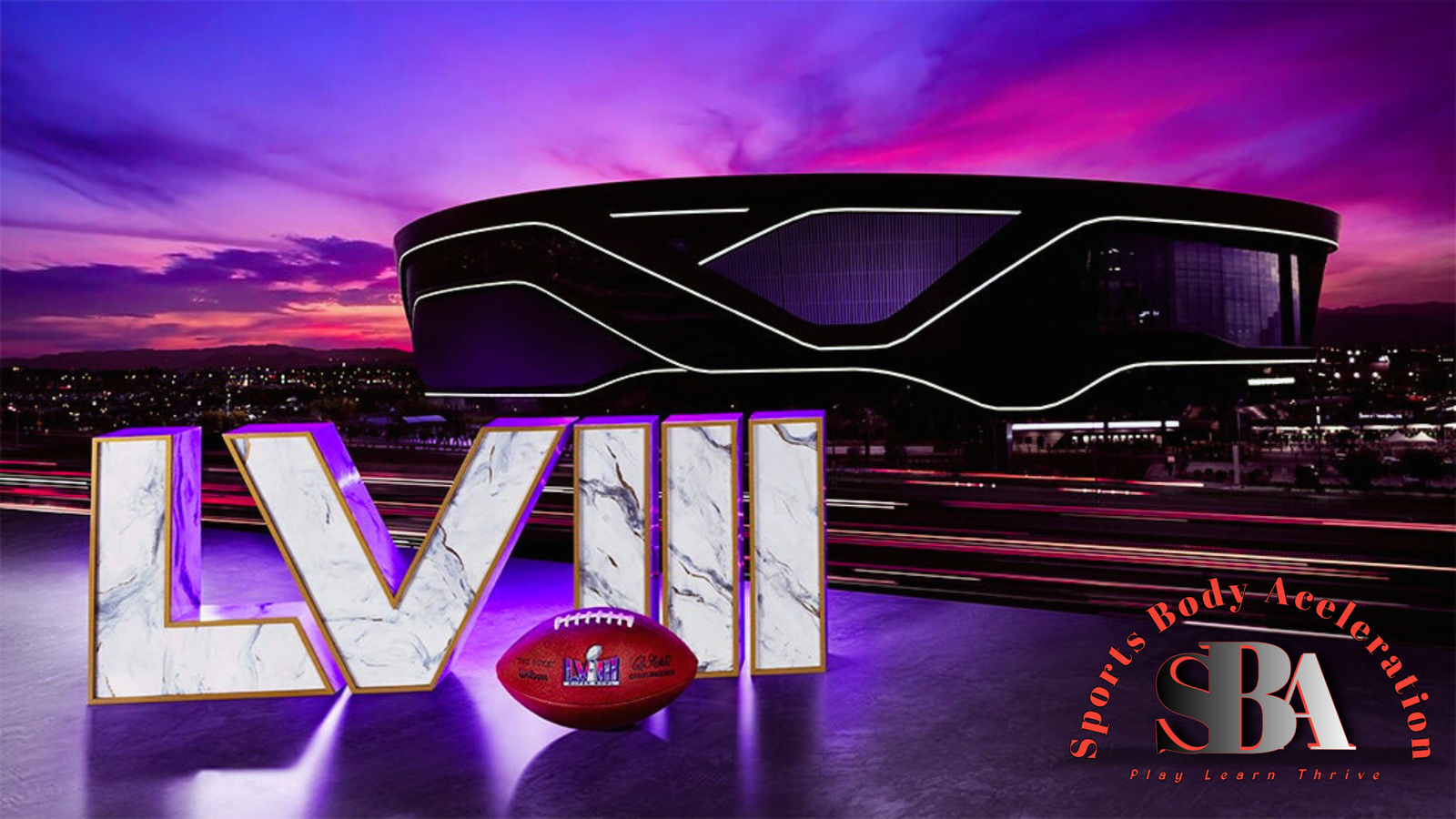The Kansas City Chiefs’ nail-biting overtime victory over the San Francisco 49ers in Super Bowl LVIII wasn’t just an epic game; it was a cultural phenomenon. According to Nielsen and Adobe Analytics, the epic showdown averaged a staggering 123.7 million viewers across television and streaming platforms, shattering the previous record of 115.1 million set in 2023 by the Chiefs’ last-minute win over the Philadelphia Eagles. This marks the 7th consecutive year the Super Bowl has broken viewership records, solidifying its status as the single most-watched program in US television history.
But the numbers tell only part of the story. Super Bowl LVIII transcended football fandom, captivating a nation with its thrilling twists and turns, heart-pounding moments, and electrifying halftime show. Here’s a deeper dive into why this Super Bowl became a television landmark.
A Game for the Ages
The contest itself was a masterpiece of athleticism and strategy. It was the first Super Bowl to go to overtime since 2017, keeping viewers on the edge of their seats for the entire duration. Patrick Mahomes’ heroics, Deebo Samuel’s dazzling plays, and the defensive battles on both sides made for an unforgettable spectacle. Social media exploded with reactions, creating a real-time conversation that mirrored the excitement on the field.
Streaming Surge
The digital revolution played a significant role in this record-breaking viewership. Streaming platforms like Paramount+ and the NFL app saw a surge in users, contributing to the overall numbers. This suggests a changing landscape in how fans consume sports, with traditional broadcasts and streaming increasingly complementing each other.

Halftime Show Spectacle
Usher’s electrifying halftime performance, featuring special guest appearances from Snoop Dogg, Mary J. Blige, and Kendrick Lamar, drew even more viewers. The high-energy setlist, nostalgic throwbacks, and powerful dance routines resonated with audiences across generations, further solidifying the Super Bowl’s status as a pop culture event.
Beyond the Numbers
The Super Bowl’s impact extends far beyond viewership numbers. It generates billions of dollars in advertising revenue, boosts local economies, and fosters a sense of national unity. The shared experience of watching the game, celebrating with friends and family, and participating in the cultural conversation creates lasting memories and reinforces the power of sports to bring people together.
Super Bowl LVIII has set a new bar, highlighting the enduring popularity of the NFL and the power of live sports to captivate audiences. As technology evolves and viewing habits change, the Super Bowl will undoubtedly adapt, ensuring its continued reign as the premier sporting event in the US. It will be interesting to see how future Super Bowls leverage technology, storytelling, and cultural influences to further engage fans and break new viewership records.

- The Nielsen data also revealed that a record 202.4 million people watched at least part of the game, representing a 10% jump from last year.
- The CBS broadcast averaged 120.3 million viewers, marking the network’s most-watched Super Bowl ever.
- Nickelodeon’s kid-friendly broadcast, a first for the Super Bowl, attracted 1.2 million viewers, demonstrating the NFL’s efforts to reach new audiences.
Super Bowl LVIII was more than just a football game; it was a cultural phenomenon that captivated a nation. With its record-breaking viewership, thrilling action, and electrifying halftime show, it cemented its place as the most-watched program in US history and set the stage for an even brighter future for the NFL’s biggest showcase.

